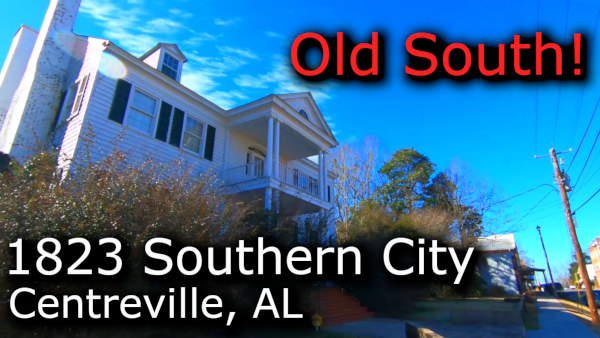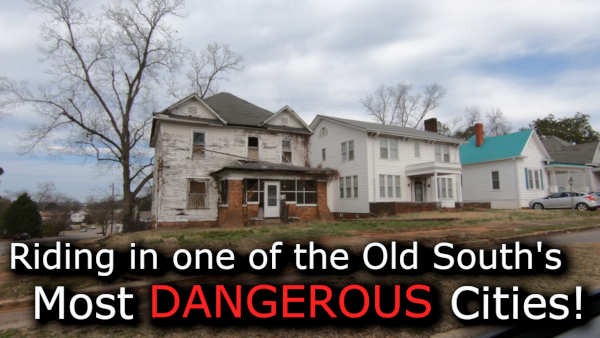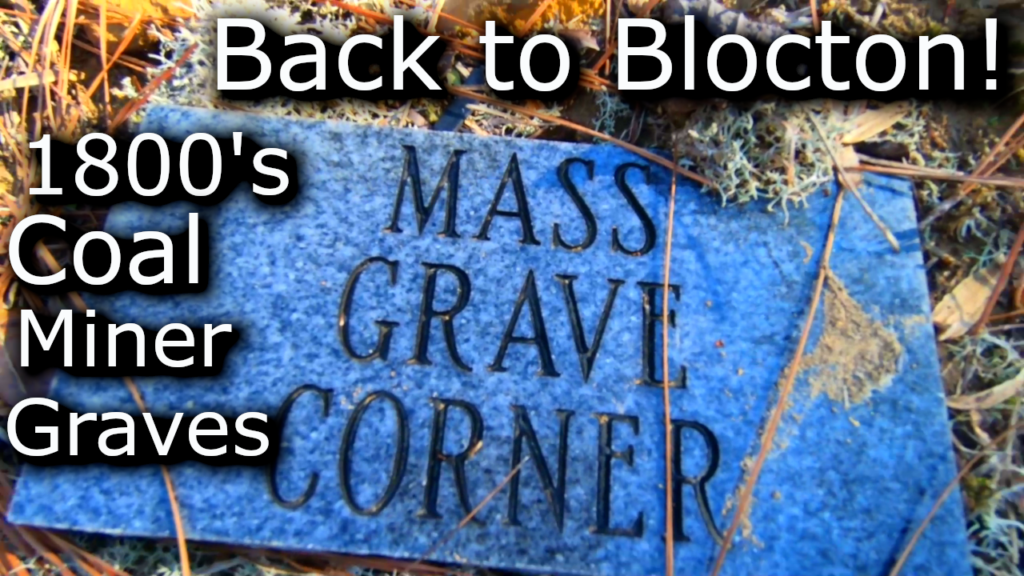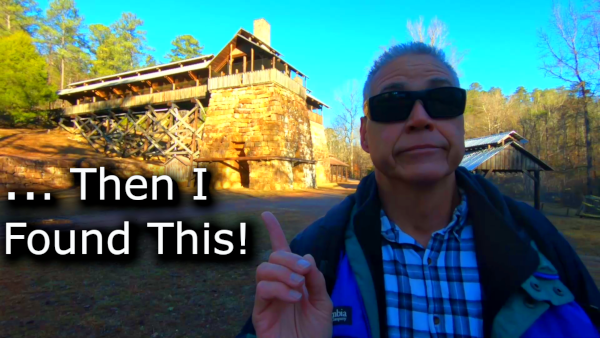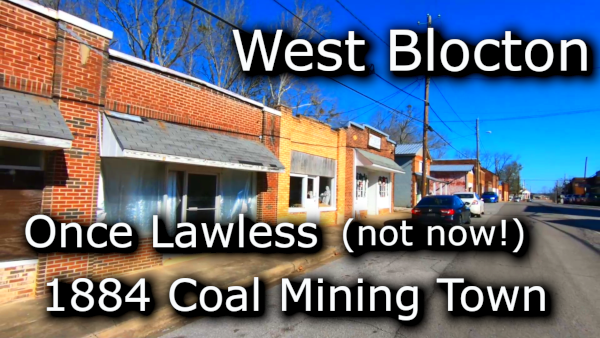
In today’s micro adventure we’re traveling back to the beautiful Southern city of Centreville, Alabama to explore the beautiful historical Southern homes! I’m calling this one – Exploring the 1823 town of Centreville’s Old Southern Homes 1832-1923!
Centreville was founded in 1823 on the banks of the Cahaba river.
Centreville is home to several beautiful old Southern mansions dating from 1823 to 1923.
This old Southern city of Centreville, Alabama located in Bibb County was founded in 1823.
Here is more information on the old Southern city of Centerville from
The seat of Bibb County, Centreville, was first incorporated on January 21, 1832. The town was built at the location of a waterfall on the Cahaba River and is noted for its historic district and courthouse.
Some of the historic landmarks you see in this micro adventure to the old Southern city of Centreville from the city of Centreville’s website:
Bibb County Courthouse
Built in 1902, the courthouse is the centerpiece of the town square in Centreville. The elegant building has undergone extensive renovation and preservation and is one of the busiest spots in the County. The Confederate Monument, dedicated in 1910 by the Leonard Callaway Pratt Chapter of the United Daughters of the Confederacy stands guard in front of the courthouse along with a memorial to WWII Medal of Honor recipient Ross F. Gray.
Davidson-Hobson House
The original house on Walnut St., Centreville, was built in 1837 by James Lafayette Davidson, an officer in the Confederate Army and a Probate Judge for Bibb County. According to legend and historical records, two Union soldiers were killed by Confederate snipers as they crossed the nearby Cahaba River Bridge, and they were interred on the property in an unmarked grave. Listed on National Register of Historic Places.
Henry-Kennedy House
Built in 1837 as a stagecoach stop and hotel called the Eagle Tavern. Yankee officers took over the hotel during the Civil War, and Federal Troops remained in the building for more than two years. John Perry Kennedy ran the inn until 1900 when it was purchased for a personal residence.
Oakley-Melton House
The former lodge at 568 Walnut St., Centreville, opened its doors in 1852 as a school building. Although the original structure burned in 1894, it was rebuilt and renamed Centreville High School until 1906, when it was purchased by O.C. Oakley for his residence.
Centreville Bank Building
Originally known as the Bibb County Banking and Trust Company, the bank was built in 1899. The three-story building originally housed a bank and the U.S. Post Office on the first floor and a hotel on the two upper floors.
So I hope you like my latest micro adventure – Exploring the 1823 town of Centreville’s Old Southern Homes 1832-1923!

